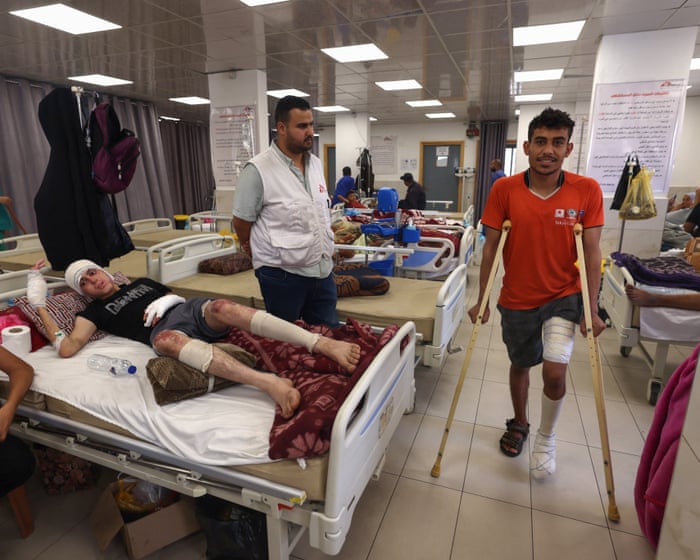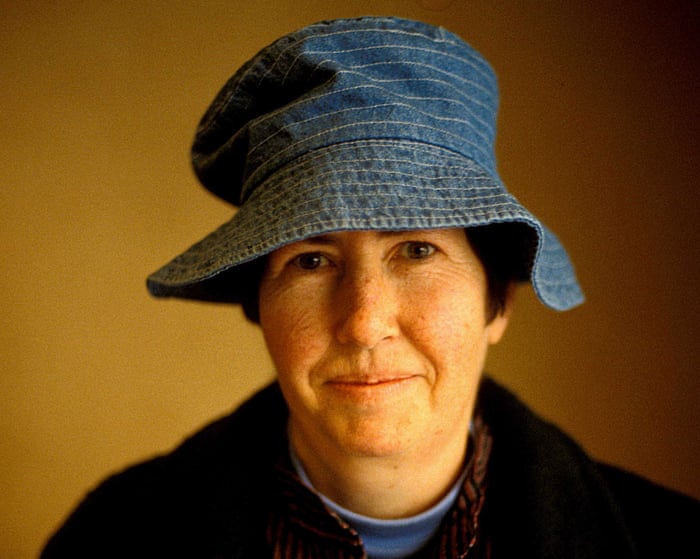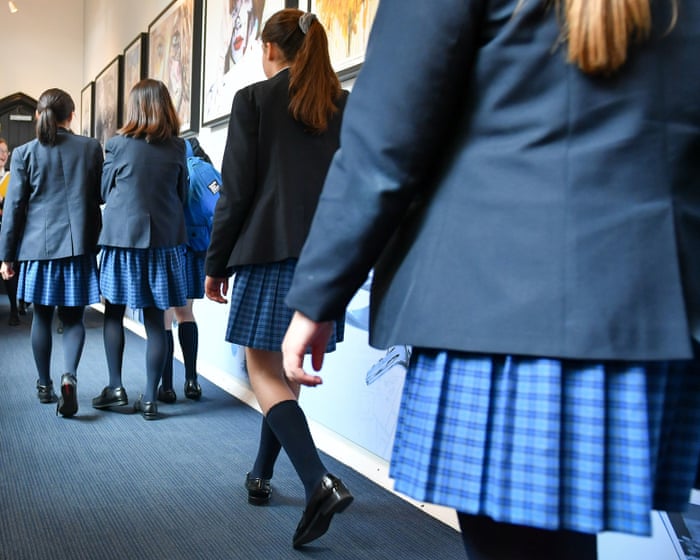According to statistics published in The Lancet, nearly one-third of outpatients treated for wounds in Médecins Sans Frontières (MSF) field hospitals in Gaza last year were children under 15. These figures, shared by MSF with the medical journal, come from six health facilities in Gaza supported by the international NGO, most of which are located in the south and center of the devastated territory.
In 2024, these facilities conducted over 90,000 outpatient consultations for wounds. MSF reported that bombs, shelling, or shooting were responsible for just under half of these cases.
The death toll from Israel’s military offensive, launched after Hamas’s attack in October 2023, has reached more than 62,000, according to Gaza’s health ministry—a figure used by much of the UN and described by the British government as “reasonable.” More than half of those killed were women or children. The actual proportion of civilian deaths may be even higher; last week, the Guardian reported that classified Israeli military intelligence data suggests five out of six Palestinians killed by Israeli forces in Gaza were civilians.
Israeli officials say they take all feasible precautions to avoid civilian casualties and accuse Hamas of using civilians as human shields.
On Monday, Israel struck Nasser Hospital—the last functioning public hospital in southern Gaza—twice, killing 20 people, including five journalists. Witnesses said the second strike occurred just as media and rescue crews arrived 15 minutes after the first bombing.
While less attention has been given to injury statistics, Gaza health authorities report more than 150,000 people have been wounded. MSF noted that explosive weapons, increasingly used in urban areas, cause devastating harm, especially in makeshift shelters that offer little protection. In two MSF hospitals, nearly 60% of lower-limb wounds were linked to explosive weapons, often involving severe damage to bone, muscle, or skin.
MSF also pointed out that many immediate fatalities occur at the scene and go unrecorded, with vulnerable groups—such as infants, children, people with disabilities, and the elderly—often unable to flee danger zones, leading to underreporting of both injuries and deaths.
Harsh living conditions in Gaza, where much of the population resides in temporary tents and basic infrastructure like sanitation and roads has been destroyed, add to the strain on the few remaining health facilities. Just over half of the wound cases treated by MSF were due to unsafe living conditions, domestic accidents, and road accidents.
MSF reported critical shortages of essential supplies and has been rationing patient meals to just one or two per day. The organization warned it may soon be unable to provide any food for patients and reiterated its call for an immediate and lasting ceasefire. It urged the Israeli government to allow and protect impartial, unrestricted medical aid into Gaza.
Israeli authorities stated they have facilitated the entry of medical supplies into Gaza. Earlier this month, a spokesperson for COGAT—the defense agency overseeing Israeli restrictions—told the Guardian that since the war began, over 45,000 tonnes of medical equipment had been delivered to Gaza via 3,000 trucks. However, UN agencies and doctors working in Gaza continue to report a critical shortage of medical supplies.According to the NGO Physicians for Human Rights, these deaths are due to the “limited and delayed flow of humanitarian aid permitted by Israeli authorities.” The conflict began with a Hamas attack on Israel that killed 1,200 people, most of them civilians, and resulted in the abduction of about 250 others.
Frequently Asked Questions
Of course Here is a list of FAQs about the data showing onethird of patients receiving wound care at MSF hospitals in Gaza are children
General Understanding
Q What does this statistic actually mean
A It means that for every three people being treated for injuries at these specific hospitals one of them is a child under 18 years old
Q Who is MSF
A MSF stands for Médecins Sans Frontires They are an international independent medical humanitarian organization that provides emergency aid in conflict zones and disasters
Q Is this number unusually high
A Yes it is considered alarmingly high In a typical conflict children make up a smaller portion of the wounded A figure this high points to a severe impact on the civilian population specifically the most vulnerable
Causes and Context
Q Why are so many children getting wounded
A The primary reason is the intense and widespread violence occurring in densely populated urban areas Children are exposed to airstrikes artillery shelling and collapsing buildings in their homes and neighborhoods
Q What kinds of wounds are these children suffering from
A They often have severe lifechanging injuries like traumatic amputations severe burns deep wounds from shrapnel and debris head injuries and complex bone fractures
Q Does this data include all hospitals in Gaza
A No this data is specifically from hospitals and clinics where MSF is working However it is a strong indicator of the broader pattern across the entire Gaza Strip
Impact and Implications
Q What are the longterm consequences for these injured children
A Beyond the immediate physical pain many will face lifelong disabilities require multiple surgeries need prosthetics and suffer from profound psychological trauma
Q Is the healthcare system in Gaza able to handle this
A No the healthcare system has been severely damaged by the conflict and is overwhelmed There are critical shortages of medical supplies fuel hospital beds and specialized staff making it extremely difficult to provide adequate care
Q What does this statistic tell us about the nature of the conflict




